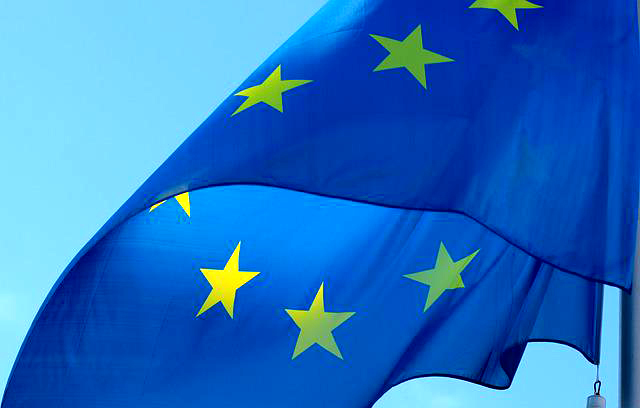Source: Ukragroconsult (Ukraine)
Concerns about trade imbalances continue. The EU recently finalized a list of US goods targeted by tariffs. These measures respond to US trade policies. Many anticipate that the implementation of these tariffs could impact transatlantic trade flows. Ultimately, the goal is to restore fair competition.
EU Tariffs on US Goods: A Detailed Look
The European Commission formally approved the list. This list details the US products facing new import duties. Specifically, the approved tariffs target products worth $4 billion. These tariffs started on July 16, 2025. The EU initially threatened these tariffs in 2021. This was a response to US tariffs on steel and aluminum.
Products Targeted by EU Tariffs
The approved list includes a diverse range of goods. For example, agricultural products like cranberries and orange juice are included. Furthermore, industrial goods and various types of machinery face new tariffs. Additionally, certain steel products are also on the list. These tariffs range from 25% to 50%. However, the exact rate varies based on the product category. Moreover, the EU has stated its willingness to remove the tariffs. This would only happen if the US removes its own tariffs on EU steel and aluminum.
Here’s a breakdown of some key products:
- Agricultural Products: Cranberries, orange juice, sweet corn.
- Industrial Goods: Tractors, excavators, video game consoles.
- Other: Various steel products.
Impact and Future Implications
These EU tariffs on US goods will likely affect American exporters. Also, European consumers might see price increases. The move signals the EU’s resolve to defend its trade interests. In addition, this highlights ongoing trade tensions between the US and the EU. However, the EU hopes for a negotiated resolution. The EU wishes to avoid a protracted trade war. Talks are ongoing but a breakthrough is yet to happen. Therefore, businesses on both sides of the Atlantic should prepare. Businesses need to prepare for potential disruptions. They should also adjust their supply chains accordingly. Only through diplomacy and negotiation can the trade dispute be resolved.

